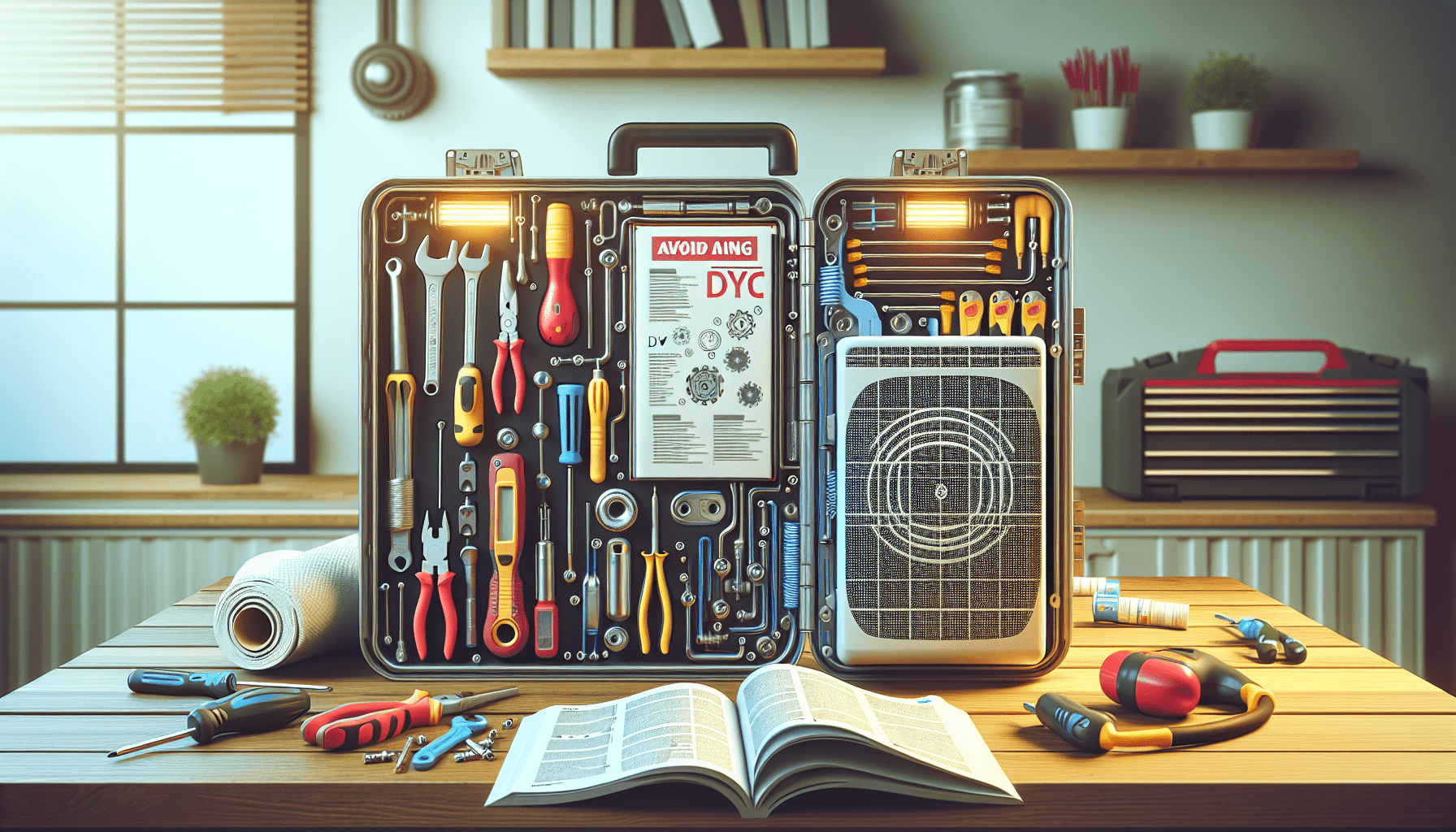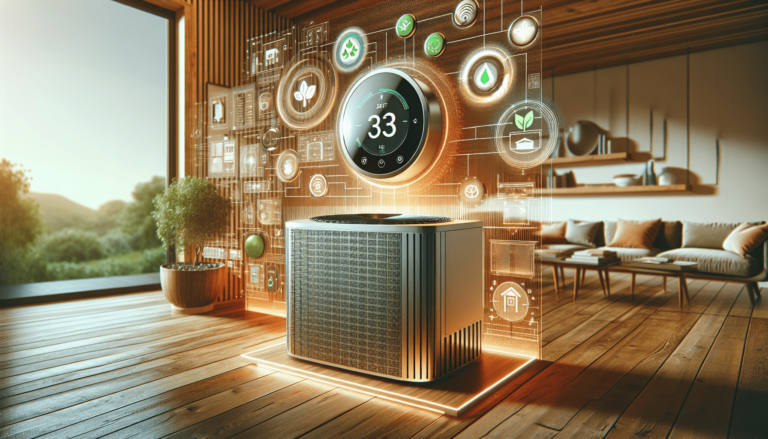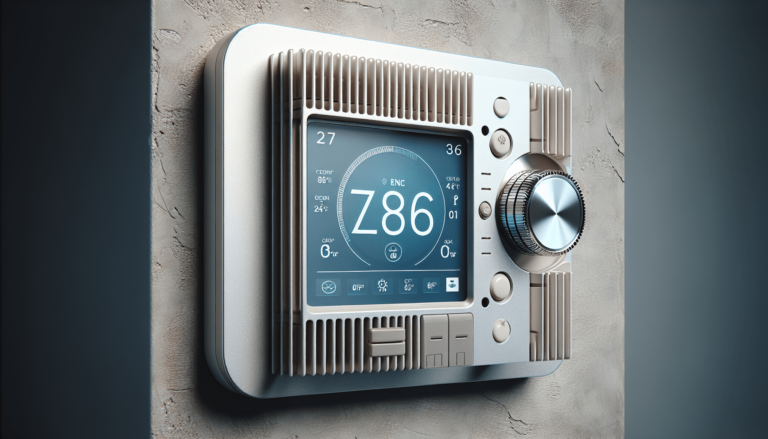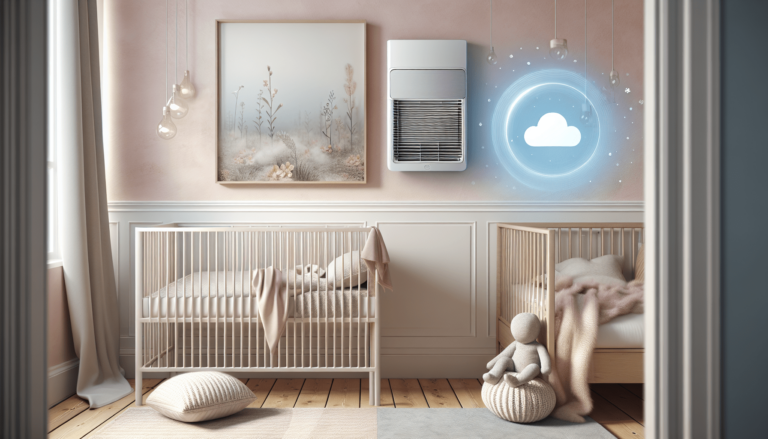

HVAC Services
Get Professional Repairs From The Area's Trusted HVAC Technicians. Ask About Our Services! We Offer Professional Heating & Cooling System Repairs And Guarantee Long-Lasting Results.
Got Question? Call us: (850) 678-2665Financing
Avoiding Common DIY HVAC Mistakes
Avoid costly blunders and keep your HVAC humming. Our article helps you navigate DIY pitfalls with wit and wisdom. Your comfort doesn’t have to be a comedy!

Have you ever thought about handling your HVAC maintenance yourself? You are certainly not alone. Many homeowners consider taking a DIY approach when their heating or cooling system acts up, hoping to save a little money and gain the satisfaction of a job well done. However, what may seem like a straightforward task often spirals into a bigger problem due to common mistakes. Here, we’ll help you avoid those pitfalls and keep your HVAC system running smoothly.

Why Choose DIY?
Choosing to handle HVAC issues yourself can stem from various motivations. You might enjoy the hands-on approach, wish to broaden your skills, or save a few dollars. The satisfaction of fixing something yourself is undeniably gratifying. However, a hasty DIY job often leads to complications, which can cost more than hiring a professional from the start.
Cost Savings
DIY projects generally offer a low-cost solution to household issues, but this principle does not always extend to HVAC systems. While you might avoid the immediate cost of labor, small mistakes can escalate, resulting in expensive repairs or diminished system performance later on.
Learning Experience
Taking on a home project is a great educational experience. Fixing your HVAC system could introduce you to tools and concepts you haven’t encountered before. The learning curve, though steep, can be rewarding. But take care not to let enthusiasm outpace your expertise.
Immediate Response
Sometimes, you want a problem fixed right away. Calling a service technician might involve waiting and scheduling—a luxury you are not willing to afford when your home is uncomfortably hot or cold. A DIY fix provides immediate action; however, this often leads to hurried work and mistakes.
Common Mistakes in DIY HVAC Maintenance
Avoiding common pitfalls is crucial to any successful HVAC endeavor. Many mistakes stem from assumptions, like underestimating the issue or improperly identifying the problem. Let’s delve into these common errors.
Ignoring the Importance of Air Filters
Air filters are vital to your HVAC system’s performance. Neglecting to change or clean them regularly can severely impact airflow and air quality. Dirty filters strain your system, causing it to work harder than necessary. Knowing the correct size and type of filter for your system helps ensure you replace them correctly, keeping your air fresh and clean.
Misdiagnosing the Problem
Accurately diagnosing an HVAC issue is the cornerstone of effective repair. Without proper diagnosis, any repairs you make might not address the true problem. It’s crucial to observe all symptoms and, if possible, consult with online resources or forums before making a decision. Misdiagnosis leads not only to wasted effort, but also to new issues and expenses.
Neglecting Thermostat Settings
Thermostats might seem simple, but they’re little computers that need correct programming. Incorrect settings can cause your HVAC system to function improperly. Always check and verify thermostat settings before assuming a larger problem exists with your HVAC unit.
Overlooking Safety Precautions
Always consider safety when dealing with HVAC systems. You’re handling electrical components and metal parts. It’s vital to turn off all power to your machine before starting any maintenance work. Use gloves and, if necessary, protective eyewear to prevent injuries.
Essential Tools for DIY HVAC
What you need to successfully service your HVAC involves slightly more than just a screwdriver. Here’s a list of essential tools that will come in handy as you aim to address issues efficiently and safely.
| Tool | Use |
|---|---|
| Screwdrivers Set | Essential for opening panels and securing components. |
| Multimeter | Necessary for testing electrical circuits. |
| Shop Vacuum | Useful for removing debris and dust from components. |
| Hex Keys | Often needed to access certain blower compartments. |
| Coil Cleaner | Keeps your evaporator and condenser coils free of grime. |
Being equipped with these tools can save you time and frustrations. Remember, using the wrong tool can cause damage and complicate repairs.
Benefits of Professional HVAC Services
Comparing DIY work with professional service reveals significant advantages that come with hiring experts. The key lies in their experience, expertise, and access to specialized equipment. Here, we discuss why calling a pro is worth your consideration.
Expertise and Experience
An HVAC professional has extensive training and field experience, allowing them to diagnose and fix problems proficiently. With this expertise, they can provide reliable and long-term solutions. Their ability to identify issues quickly and accurately saves you time, preventing potential mistakes.
Quality Assurance
When you hire a professional, you often receive some form of guarantee on their work. This assurance doesn’t accompany DIY efforts. Should anything go awry after a professional service, most companies offer free follow-up investigations.
Access to Advanced Tools
HVAC professionals utilize specialized tools beyond the reach of the average homeowner. They have access to equipment required for more intricate inspections and repairs, which ensures a thorough renovation of comfort and efficiency.
Safety Standards
Certified technicians adhere to strict safety protocols, reducing the risk of accidents. They are trained to handle hazardous materials, like refrigerants, safely. Understanding the complexities of your system, they ensure efficient function without risking harm.

When to Call a Professional
Knowing when to seek professional help can be the difference between a simple repair and an expensive overhaul. While tackling minor tasks is feasible, some situations clearly require a pro. Below, we outline such instances.
Electrical Issues
When facing problems involving wiring or circuits, a call to a professional is prudent. Working with electricity without proper training poses serious risks, leading to injury or fire hazards. Professionals are trained to handle such dangers safely.
Persistent Problems
If your system continues to malfunction despite your efforts, it is best to let a professional take over. Persistent problems may indicate underlying issues that are not visible to the untrained eye. A technician can perform a deeper investigation, ensuring comprehensive solutions.
Refrigerant Leaks
Handling refrigerants without proper understanding is hazardous and illegal for unlicensed individuals. Refrigerant leaks require professional attention due to their impact on both the environment and system performance. A professional can identify and fix leaks effectively while observing legal requirements.
Major Component Failures
Significant failures like a broken compressor or damaged blower motor demand professional attention. Handling these sophisticated components necessitates specific skills, which professionals are trained for. Intervening without knowledge might worsen the situation and void your system’s warranty.
Steps to a Successful DIY Project
If you decide to proceed with your DIY project, it’s helpful to have a clear plan to ensure success. Following a systematic approach can substantially reduce mistakes and enhance your confidence.
Research and Planning
Prior to beginning any project, study the problem extensively. Use online resources and forums for common issues specific to your system model. Planning includes ensuring you have all necessary tools and parts for the job.
Step-by-Step Execution
Break down the process into manageable steps and address each task one at a time. Focus on completing each stage before progressing. This approach reduces overwhelm and allows for thorough inspection of each step’s success.
Testing Your Work
After completing repairs, thoroughly test your system to ensure all issues are resolved. Pay close attention to signs of improvement or persistent problems. Observing how your HVAC performs post-repair is crucial.
Monitor for New Problems
The initial fix isn’t the end. Monitor your system over the following weeks for new or recurring problems. You may need to address minor adjustments as your system adjusts to repairs.
Conclusion
Undertaking DIY HVAC repairs demands resourcefulness and attention to detail. Avoiding common mistakes plays a crucial role in successfully managing your HVAC system. When you recognize your limitations and the extent of a problem, hire a professional. This careful balance not only ensures the longevity of your system but maintains the comfort and safety of your home. New challenges always arise in home maintenance, so keep learning and adapting. If you’re uncertain, check with Tempacure Heating and Air Conditioning, a dedicated team ready to help you in Niceville, FL. You’ll find their wisdom and experience invaluable as you protect one of your home’s most essential systems.







